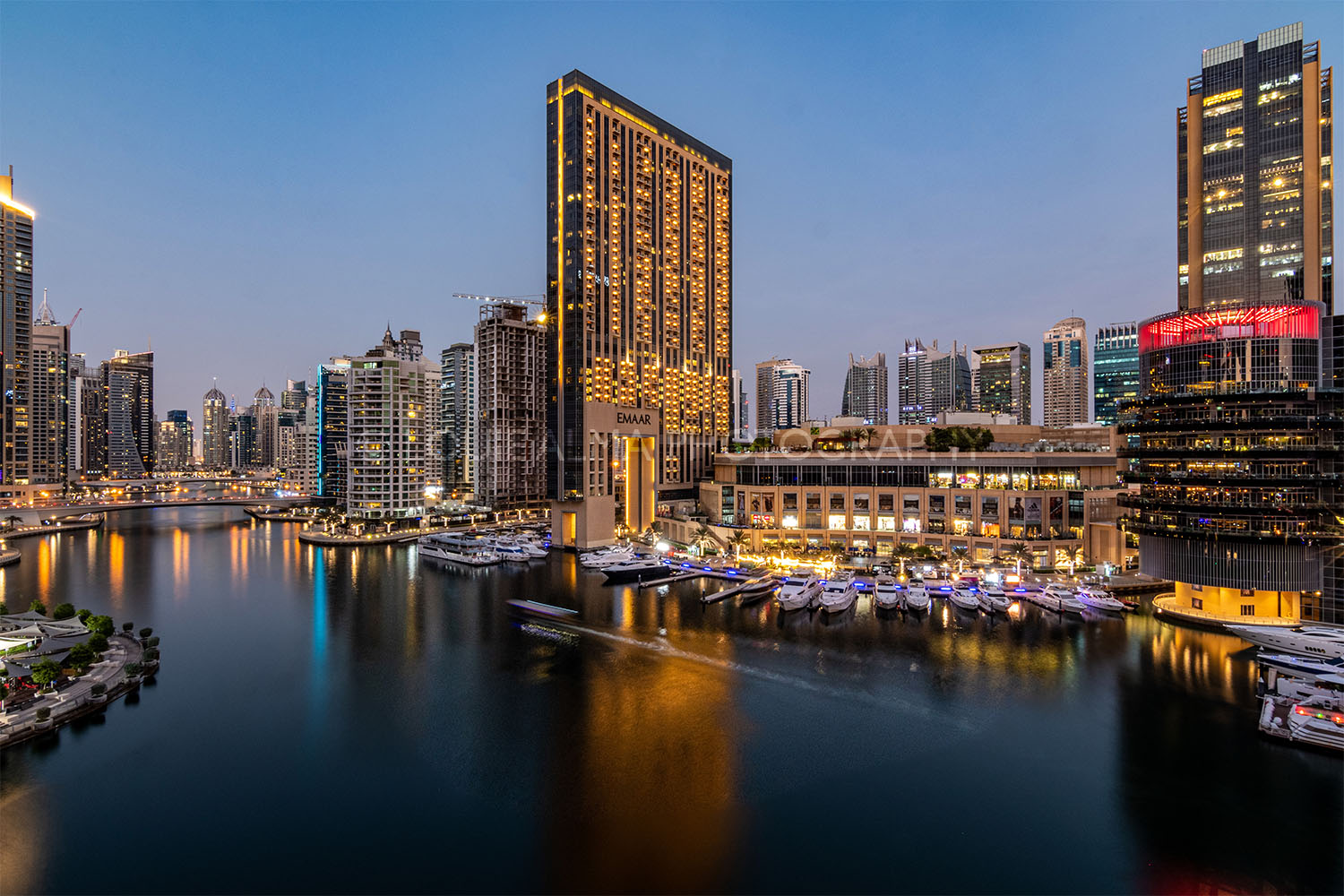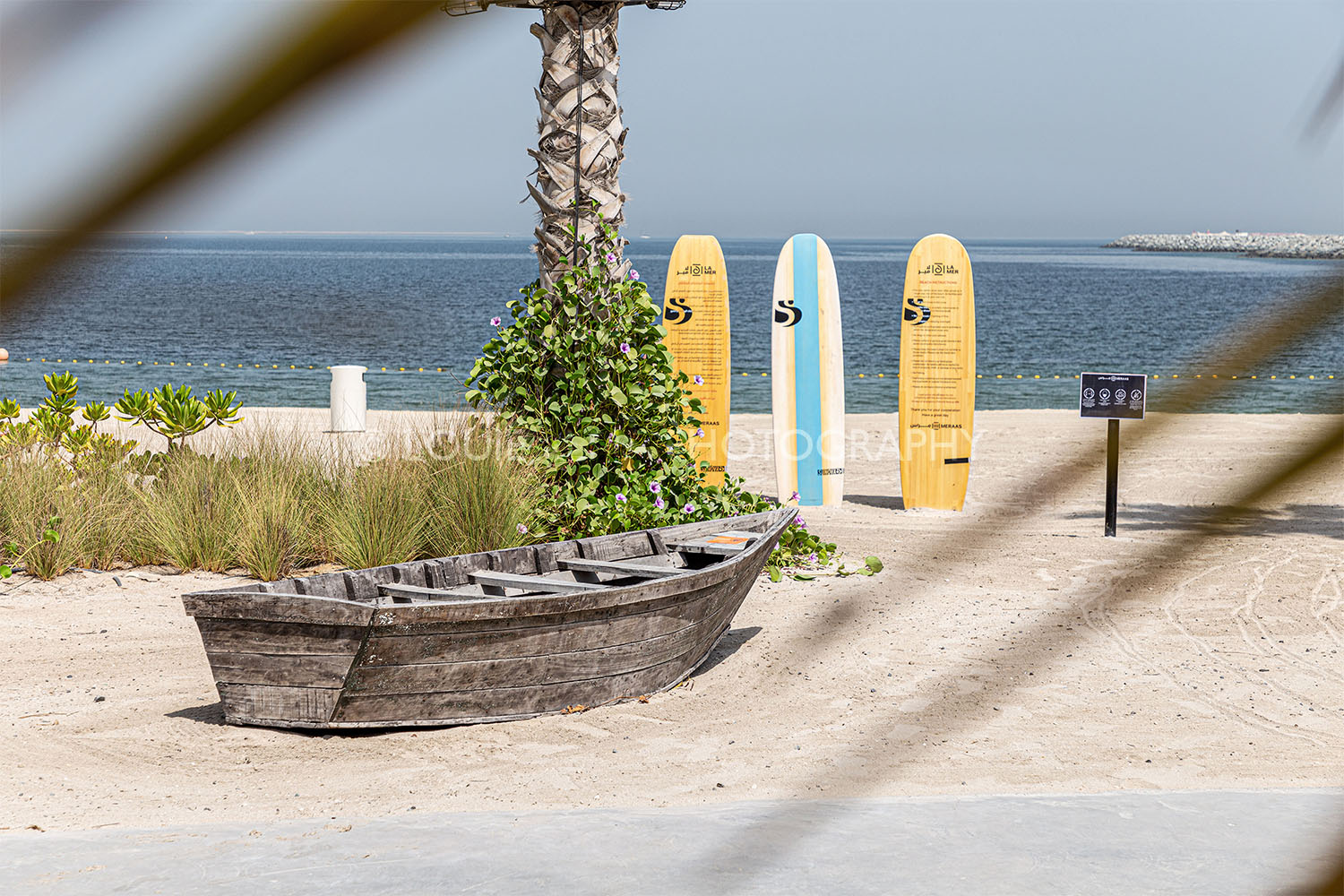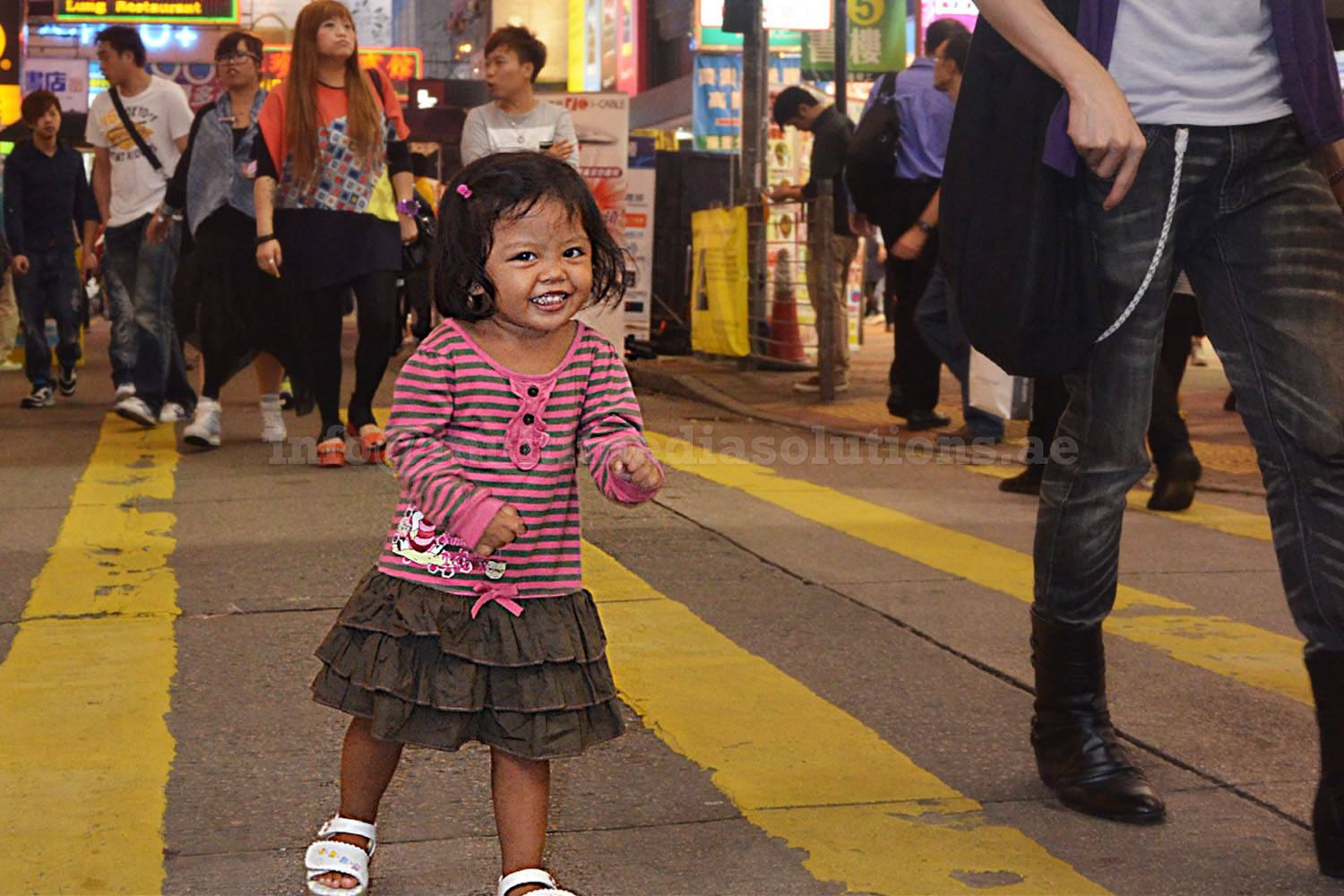Tourists often bypass Genoa in their stampede to get to Florence and Venice, but they’re missing out. Italy’s sixth-largest city is a historic powerhouse with a vibrant modern buzz, sandwiched between lush mountains and a glassy Mediterranean. It’s also largely devoid of tourist crowds.
The city has been a bustling port for 2,500 years, its docklands divided into a working port and the Old Port (Porto Antico), where we checked into the NH Collection Genova Marina for a long weekend. The 140-room harbourside hotel is built right on the water, meaning our morning cappuccino was accompanied by the glorious sight of yachts bobbing in the harbour.
Genova Marina hotel was built during the Old Port’s regeneration in 1992 by the famous Italian architect and son of Genoa, Renzo Piano, who designed The Shard. You’ll always be able to find the hotel thanks to the soaring masts of the Neptune, a replica 17th-century ship and tourist attraction that sits in the harbour directly next to the hotel.
The hotel’s seafaring style continues indoors with an interior of rich dark wood walls and louvre doors mimicking those of a ship. There’s even an old bitt in the lounge – a giant stone used to moor ships that was kept in its original spot when the hotel was built around it. The Genova Marina’s common areas are tranquil and stylish, with knots of velvet chairs in muted colours and shelves of books and colourful glassware.
Who For
Genova Marina is best suited for tourists and families eager to be close to the city’s main maritime attractions and boat docks. The hotel was also full of business people meeting in some of the seven conference rooms on the ground floor.
Accommodation

NH Collection Marina Room Premium Double Bedroom
Although our corner Premium Room with a View lacked a balcony, it afforded us a double bank of windows overlooking the harbour and loads of natural light. A blue fabric headboard and bright orange chairs added a stylish touch to the light wood floors. A complimentary eye mask, earplugs and fragrant pillow spray – plus a choice of pillows should you desire them – ensured we got a great night’s sleep. Guests in some of the family-sized Suites are in for a treat – the sight of dolphins playing in the Aquarium next door. Bathrooms in soft colours feature rain-effect showers and fluffy robes and slippers, and we were also gifted miniature bottles of toiletries from Sicily’s renowned Ortigia brand.
Food & Drink
High quality food at the hotel’s restaurant, Il Gozzo, means there’s no need to search out excellent Italian grub elsewhere. Breakfast was a stellar spread of fruits, yogurts, cheese, foccacia, Italian meats like mortadella and prosciutto, and eggs to order. Taking after the Italians by starting my day with a sweet treat, I headed to the ample display of cakes and pastries for a melt-in-the-mouth strawberry jam tart.

Marina Restaurant
Dinner is an upscale affair at Il Gozzo, where you can watch the sun set over a plate of delicious morsels plucked straight from the Mediterranean, such as risotto with Ligurian seafood or white fish with capers and pistachios served with marjoram zabaglione, washed down with a selection of crisp Italian wines.
Facilities
The harbourside location makes Genova Marina an atmospheric destination for weddings, with the restaurant Il Gozzo catering for events of up to 200 people plus private rooms for galas and receptions. For corporate affairs, seven meeting rooms, the largest of which can hold 180 people, are bathed in natural light and equipped with the latest technology for presentations. A compact gym has a selection of stationary bikes, treadmills and free weights for the fitness-minded guest. Parking on site costs 22 euros per day.
How much
Rooms at the NH Collection Genova Marina start at €185. CHECK AVAILABILITY
What’s nearby?
The centrepiece of the Old Port is the eye-catching Bigo Panoramic Lift – Genoa’s answer to the London Eye – which looks like a giant spider. In fact it’s a pod that is lifted into the sky, offering visitors a 360-degree aerial view of the historic city. Kids will enjoy boarding pirate ship The Neptune, an imposing vessel only a few steps from the hotel.
Also dockside is Genoa’s Aquarium, the largest in Europe, housing sharks, alligators, penguins and dolphins, and you can hop on a boat nearby for a day trip to the Italian Riviera – we stopped in San Fruttuoso for a dip and lunch in an idyllic restaurant situated in a lemon grove, then on to Portofino for gelato.
A short distance from the hotel are Genoa’s historic ‘caruggi,’ an ancient labyrinth of buildings and narrow alleyways full of character. Sample the Engadina cake at the classy Pasticceria Fratelli Klainguti, splash the cash at designer clothes shop Luisa Spagnoli and visit Genoa’s most important church, Cathedral San Lorenzo, all in the caruggi. Nearby is Genoa’s main shopping street, Via XX Settembre, where your credit card is guaranteed a workout.
Verdict:
Situated on the sea, NH Collection Genova Marina enjoys a more picturesque setting than most city hotels and is mere steps away Genoa’s maritime attractions and historic centre. Its modern rooms offer a peaceful respite from sight-seeing and the food and service are first class.
The post Review of NH Collection Genova Marina Hotel, Genoa appeared first on The Travel Magazine.




















